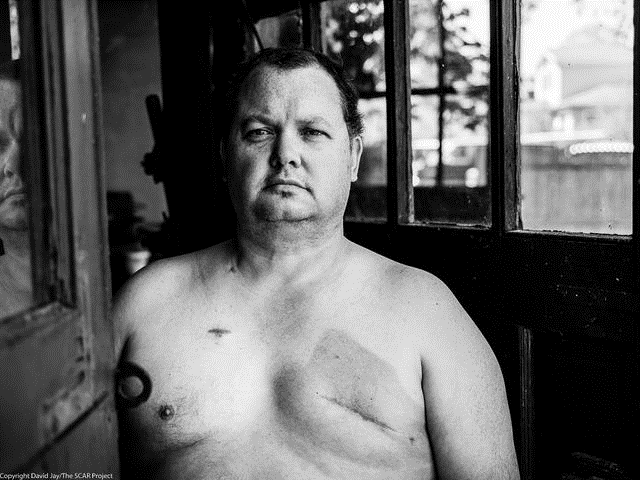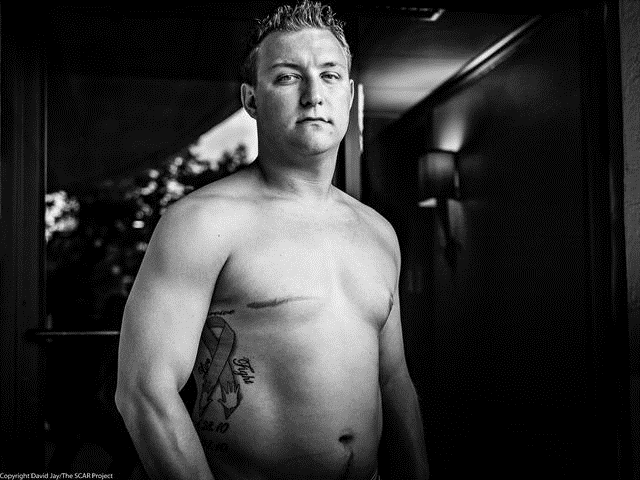Interview with Richard Clapp on Male Breast Cancer and Camp LeJeuene
At a Glance
An interview with Richard Clapp, M.P.H., D.Sc., Professor Emeritus of Environmental Health, B.U. School of Public Health Adjunct Professor at the University of Massachusetts—Lowell, and a former member of BCPP’s Science Advisory Panel.

What brought you to BCPP?
BCPP and its predecessor, the Breast Cancer Fund, are well known for effective advocacy about causes and prevention of breast cancer. I was proud to associate myself with this organization and its work.
Why is preventing breast cancer important to you?
First of all, I am a husband and father of a grown daughter. Secondly, many studies of breast cancer have shown that there are avoidable occupational and environmental causes of this disease in both women and men.
Can men get breast cancer and how common is it?
Yes, though breast cancer is very uncommon in males compared to females. The National Cancer Institute reports male breast cancer incidence of 1.2 per 100,000.
What is male breast cancer?
The tumor arises in the same organ and tissue in males as in females, although more commonly in ductal cells, and less commonly in lobular cells.
What age range of men does it typically affect?
The age range is very broad and can include young adults all the way to those in their 90s. According to the National Cancer Institute data, the median age at breast cancer diagnosis in males is about five years older than in females.
What got you involved with breast cancer, and specifically male breast cancer?
I was a co-investigator of causes in a multi-state study of breast cancer and co-authored a paper on electromagnetic field exposure and occupations with increased risk. In the scientific literature at the time (early 1990s), there was some indication that male breast cancer was increased in electricians. I also noted excess male breast cancer in Woburn, the same town where solvent-contaminated drinking water had been linked to childhood leukemia.
Can you talk briefly about your wider work?
I worked on childhood lead poisoning prevention in Massachusetts in the 1970s. Because of the childhood leukemia cluster in Woburn, MA, I was hired in 1980 to set up the Massachusetts Cancer Registry. This was explicitly to see if there were other excesses of childhood cancer or other cancers in Massachusetts cities, towns and workplaces.
In the 1980s, we identified excess breast cancer in female Cape Cod residents. The excess breast cancer was subsequently linked to exposure to the chlorinated solvent perchloroethylene in drinking water delivered by vinyl-lined pipes to people’s homes.
We also identified excess cancers in Vietnam veterans likely exposed to Agent Orange and excess leukemia in residents near the Pilgrim nuclear power plant in Plymouth, MA, among many other findings.
Camp Lejeune Case Study:
From the 1950s through the 1980s, people living or working at the U.S. Marine Corps Base Camp Lejeune, North Carolina, were potentially exposed to drinking water contaminated with industrial solvents, benzene, and other chemicals.
What was your involvement with the Camp Lejeune male breast cancer study?
I was a scientific advisor to the Camp Lejeune Community Assistance Panel from 2006 to 2016. One of the members of the CAP was a male breast cancer patient who had grown up on the base. He urged the CDC/ATSDR to investigate male breast cancer among those who have lived or worked at Camp Lejeune during the period of uncontrolled water contamination. I supported this and suggested a study design that I had used in my studies of cancer in Massachusetts Vietnam veterans. I served as an advisor to the study team at the outset of the study.
What were the consequences of the contaminated water?
The study of male breast cancer in Camp Lejeune Marines, published in 2015, showed increased risk in those exposed to solvents in drinking water, with a monotonic increase in those exposed to perchloroethylene, in particular. The results were not definitive because there were only 71 cases in the study, and few of them were in the highest exposure category. Nevertheless, the authors conclude that “Findings suggested possible associations between male breast cancer and being stationed at Camp Lejeune and cumulative exposure to PCE, DCE, and vinyl chloride.”


What was the biggest takeaway?
The biggest takeaway from this 2015 study is that chlorinated solvents in drinking water may be an avoidable cause of male breast cancer. This is consistent with findings of previous studies in Cape Cod women and Woburn men exposed to chlorinated solvents.
What can we learn from the Camp LeJeune case study?
Cancer can be caused by drinking water contaminated with chlorinated solvents. Vigilance about water quality is a critical requirement in reducing avoidable environmental causes of breast cancer in men and women, and other types of cancer and birth defects in exposed populations. BCPP and other sister organizations are well-positioned to continue this work.





